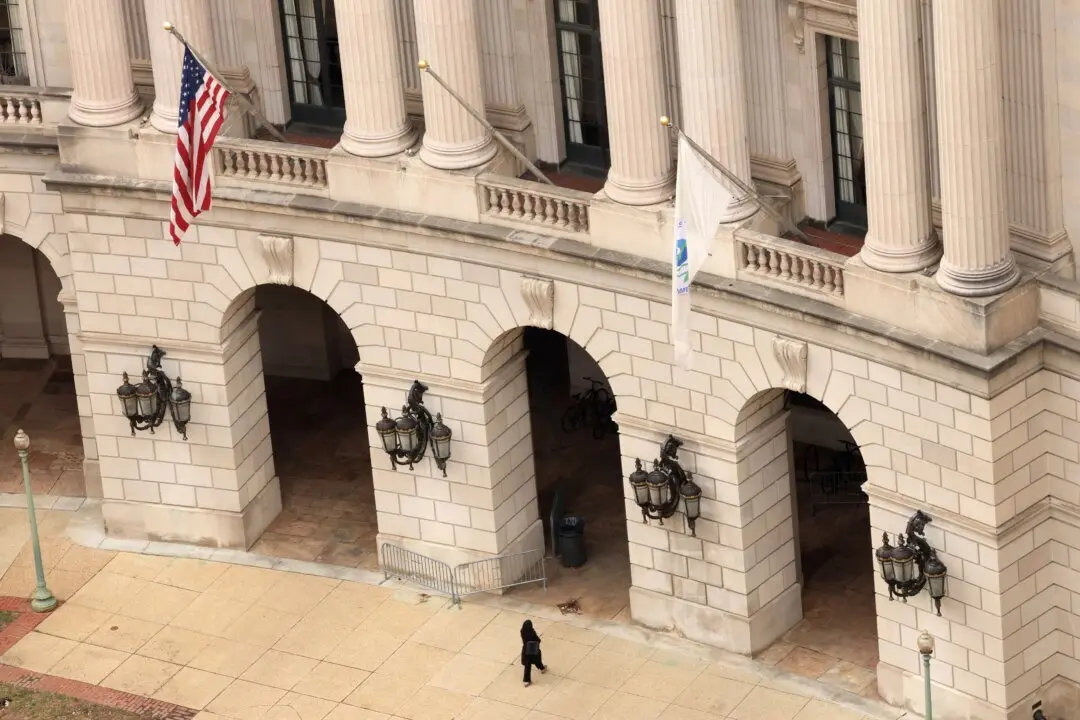LONDON—The Bank of England kept interest rates on hold on Thursday, dashing investors’ expectations for a hike that would have made it the first of the world’s big central banks to raise borrowing costs after the COVID-19 pandemic.
The BoE kept alive the prospect of a move soon, saying it would probably have to raise Bank Rate from its all-time low of 0.1 percent “over coming months” if the economy performed as expected.





